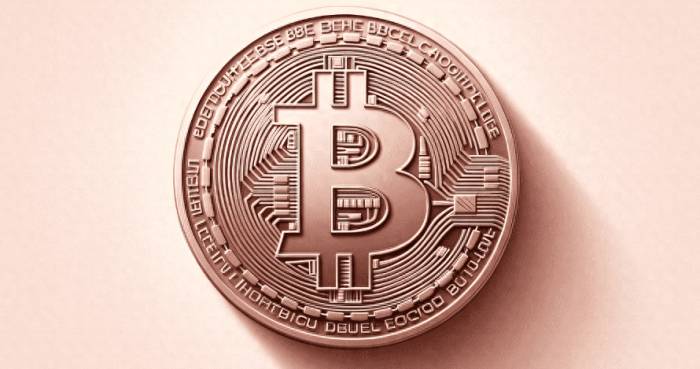Is Bitcoin Primed for Further Boost Amid Gradual Decline in Grayscale Capital Outflows and Multiple Factors?
On Monday, Bitcoin broke the $50,000 mark for the first time in over two years. This is undoubtedly a remarkable rebound after a series of crypto scandals and doubts about the industry's viability.
After plummeting by 64% in 2022, Bitcoin's price has tripled but is still below the nearly $69,000 all-time high reached in November 2021.
Since Bitcoin emerged over a decade ago, its dramatic price swings have been one of the main factors attracting speculators. Although initially promoted as an alternative to the traditional financial system, its recent rally has been driven by optimism that the U.S. approved a Bitcoin spot ETF last month, leading to greater mainstream acceptance of Bitcoin.
"I've heard a lot about capital inflows into this asset. I've also noticed that momentum investors are starting to get excited," said Matt Maley, Chief Market Strategist at Miller Tabak & Co.
Are potential industry risks decreasing?
The rebound in cryptocurrency prices comes as expectations of loose monetary policy have increased the appeal of risk assets. "Risk appetite has also spread to the digital asset sector," said Chris Newhouse, a DeFi analyst at Cumberland Labs.
Since the collapse of the stablecoin TerraUSD in May 2022, Bitcoin has recouped all its losses, which ultimately led to the bankruptcy of Sam Bankman-Fried's (SBF) FTX exchange in November 2022.
When FTX went bankrupt, the crypto market had already experienced months of collapse, affecting hedge fund Three Arrows Capital and lending institution Celsius Network. However, the bankruptcy of FTX, once one of the largest cryptocurrency exchanges by trading volume, was more destructive, with Bitcoin prices stagnating as liquidity dried up.
Now, with SBF convicted of fraud and Binance exchange co-founder Zhao Changpeng awaiting a verdict for violating U.S. sanctions and failing to implement anti-money laundering policies, analysts believe that the potential risks facing the industry have begun to decrease, which could be a major possibility for the rise in cryptocurrency prices.Multiple factors seem to be boosting Bitcoin?
On January 11th, nine U.S. Bitcoin spot ETFs made their debut, and the Grayscale Bitcoin Trust, which has been established for over a decade, converted to an ETF on the same day. The convenience of ETFs is expected to expand Bitcoin's investor base. So far, the new funds have attracted approximately $9 billion in capital.
The selling of Grayscale Bitcoin Investment Trust (GBTC), which had hindered Bitcoin's previous rise, has decreased, and the inflow into Bitcoin spot ETFs has surged again by over $500 million, with Fidelity's FBTC ETF inflow reaching $250 million, bringing the net inflow total (excluding the continuous outflow of GBTC) to the highest level in February and the second-highest level on record.
Fadi Aboualfa, Head of Research at cryptocurrency custody firm Copper Technologies Ltd., said:
"Frenzied buyers bring more frenzied buyers and further push up the price of Bitcoin. Under the continuous rise of several weeks, the momentum of cryptocurrencies is strong, and when the market fluctuates by more than 10% per week, as we saw last week, cryptocurrencies are very likely to rise further."

The once-every-four-years optimism surrounding Bitcoin's "halving" in April is also spreading in the cryptocurrency field, which means the number of Bitcoin rewards miners receive by mining new blocks is halved. Based on historical precedent, this event is usually seen as a support for prices.
In addition, seasonal factors may also be playing a role. Fundstrat Global Advisors wrote in a report that, in addition to ETF capital inflow, the sentiment around Bitcoin during the current Lunar New Year holiday in Asia is "usually positive."